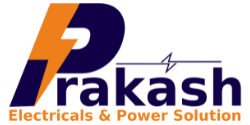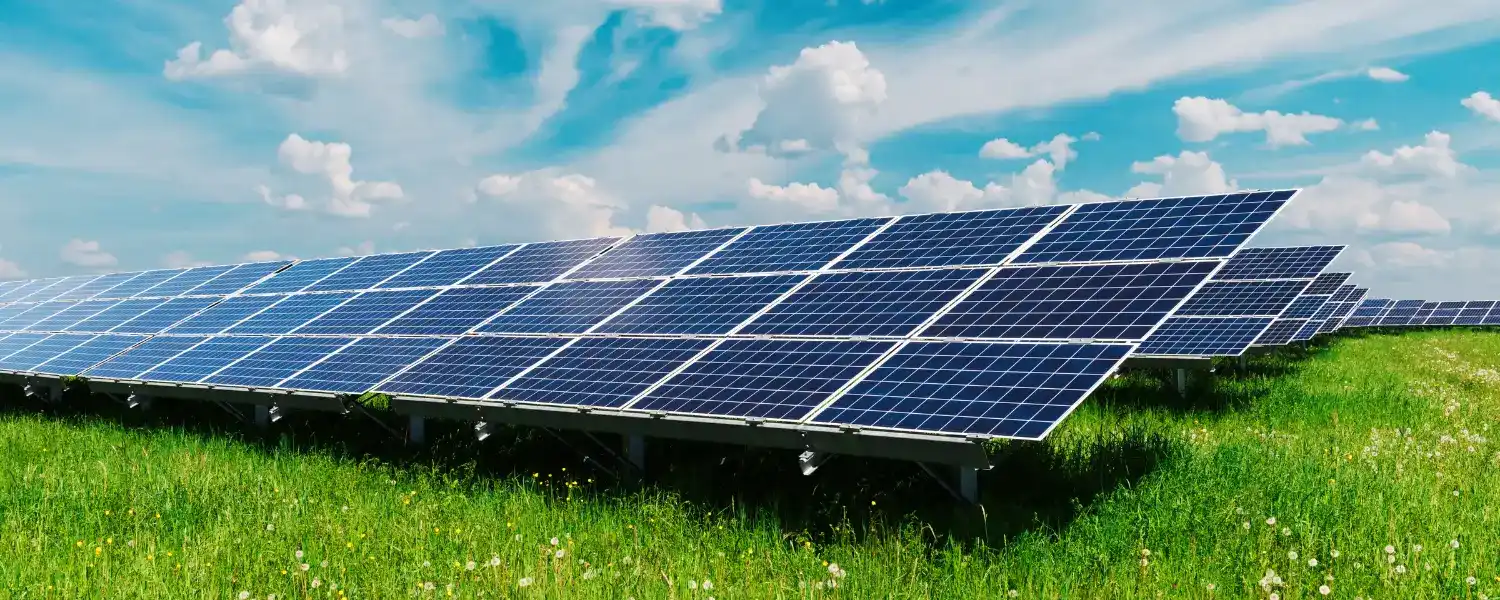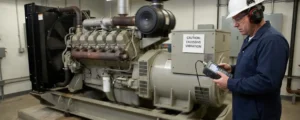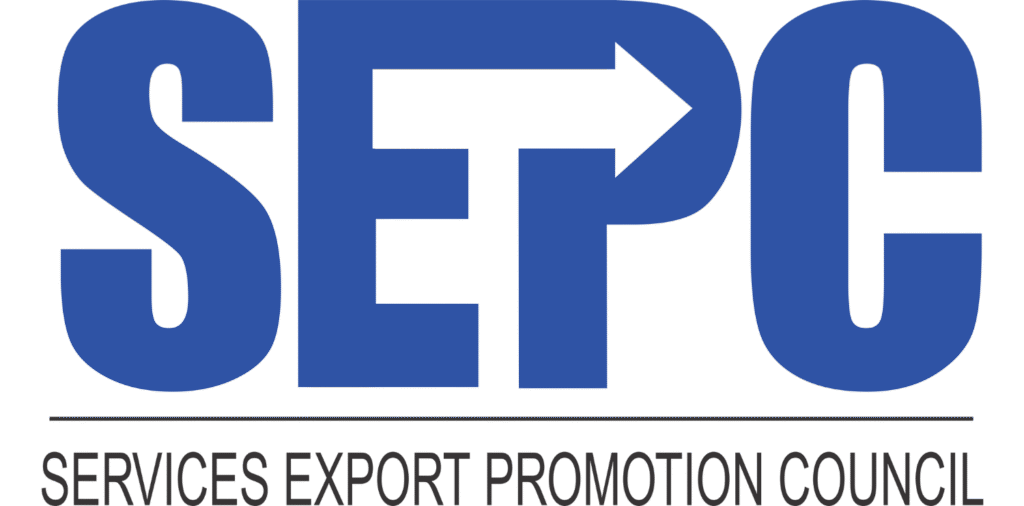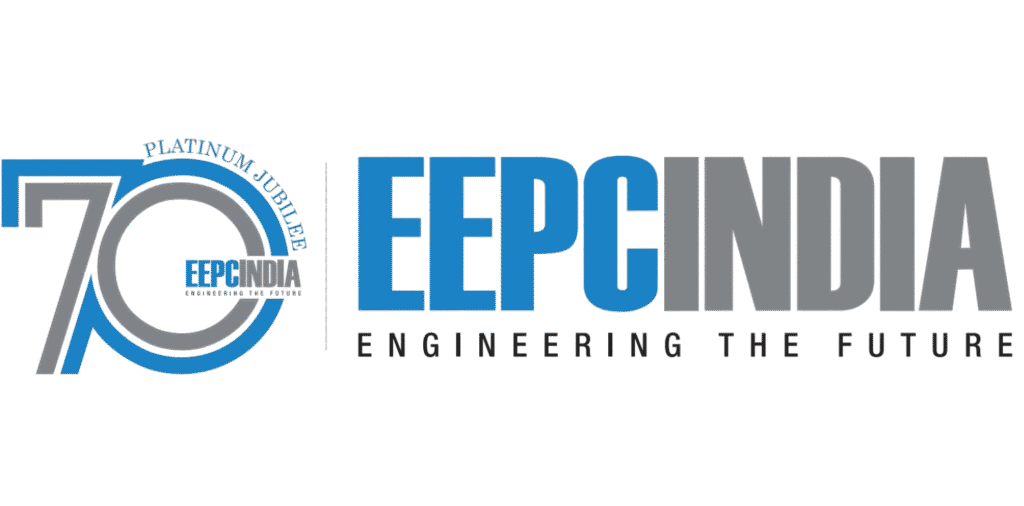A solar panel installation is one of the smartest investments a business can make, promising significant reductions in energy costs and a major step towards sustainability. However, the long-term success of your solar panel system hinges entirely on the quality of its design and installation. A rushed or poorly planned project can lead to underperformance, safety hazards, and costly repairs, erasing your potential savings.
To ensure you get the maximum return on your investment, it’s crucial to be aware of the common pitfalls. Here are the top 10 solar panel installation mistakes we see and, more importantly, how a professional approach prevents them from happening.
1. Skipping a Thorough Site Assessment
One of the biggest errors is failing to properly analyze the installation site. Factors like roof integrity, shading from nearby trees or buildings, and the roof’s orientation can drastically impact your system’s output.
How We Prevent It: Our process begins with a comprehensive on-site assessment. We conduct a detailed structural analysis to ensure your roof can support the system, use advanced tools to map sun exposure and potential shading throughout the day, and determine the optimal placement for every single solar panel.
2. Choosing the Wrong Type of Solar Panels
Not all solar panels are created equal. Monocrystalline, polycrystalline, and thin-film panels each have different efficiency ratings, costs, and performance characteristics. Selecting a panel based solely on the lowest price can lead to poor performance and a shorter lifespan.
How We Prevent It: We consult with you to understand your specific energy goals and budget. Based on this, we recommend the ideal solar panel technology—whether it’s high-efficiency monocrystalline panels for limited roof space or cost-effective polycrystalline options for larger areas—to ensure your solar panel installation meets your performance expectations.
3. Incorrectly Sizing the System
An undersized system won’t meet your energy needs, leaving you dependent on the grid. An oversized system means you’ve overpaid for capacity you don’t use. Both are costly mistakes that stem from a poor analysis of your energy consumption.
How We Prevent It: We analyze your historical electricity bills and discuss your future operational plans to accurately calculate your energy requirements. This data-driven approach allows us to design a perfectly sized solar energy system that maximizes your savings and ROI.
4. Using Low-Quality Mounting Hardware
The mounting structure is the foundation of your solar panel installation. Using substandard racks and clamps to cut costs can lead to corrosion, leaks, and catastrophic failure during high winds or extreme weather.
How We Prevent It: We only use high-grade, corrosion-resistant mounting hardware that is engineered to withstand local weather conditions. Our installations are designed for durability, ensuring your solar panel investment is secure for decades.
5. Poor Panel Orientation and Tilt Angle
The direction and angle at which your solar panels are installed are critical for capturing the maximum amount of sunlight. A few degrees off can result in a significant loss of energy production over the system’s lifetime.
How We Prevent It: Our design engineers use precise calculations based on your geographic location and roof geometry to determine the optimal tilt and orientation. This ensures your solar panel installation is perfectly positioned for peak year-round performance.
6. Substandard Electrical Wiring
Faulty wiring is not only a major safety hazard that can cause fires, but it also leads to energy loss and system underperformance. This is not an area for shortcuts.
How We Prevent It: As a full-service power solutions company, our certified electricians handle all wiring to the highest safety and quality standards. We use UV-protected cables and ensure all connections are secure and weatherproof, guaranteeing a safe and efficient solar panel installation.
7. Ignoring Permits and Local Regulations
Every municipality has specific regulations and permitting requirements for solar installations. Ignoring these can result in fines, project delays, and even orders to dismantle the system.
How We Prevent It: We manage the entire permitting process for you. Our team is well-versed in local codes and utility requirements, ensuring your solar panel installation is fully compliant from start to finish.
8. Focusing Only on the Upfront Cost
The cheapest quote is rarely the best value. A low price can hide the use of inferior components, inexperienced labor, and a lack of long-term warranties, all of which will cost you more in the long run through repairs and lost production.
How We Prevent It: We provide a transparent, detailed proposal that outlines the cost and benefits of high-quality components. We focus on the long-term value and ROI of your solar panel system, ensuring you understand how a quality installation saves you more money over time.
9. Attempting a DIY Installation
While DIY kits are available, a commercial or industrial solar panel installation is a complex project involving high-voltage electricity and structural work. Mistakes can be dangerous and will likely void manufacturer warranties.
How We Prevent It: We provide a complete turnkey solution. Our experienced, certified team handles every aspect of the project, ensuring the installation is performed safely, correctly, and in a way that protects your warranties and your investment.
10. Neglecting Post-Installation Monitoring and Maintenance
Your solar journey doesn’t end once the panels are on the roof. Without proper monitoring, you won’t know if your system is performing optimally. Lack of maintenance can lead to a gradual decline in efficiency.
How We Prevent It: We offer advanced remote monitoring systems that allow you to track your energy production in real-time. We also provide comprehensive maintenance plans to keep your solar panels clean and your system in peak condition, ensuring you get the most out of your investment for years to come.
Frequently Asked Questions (FAQ's)
What is the most important step in a solar panel installation? A thorough site assessment is the most critical first step. It ensures the roof is structurally sound and helps determine the optimal placement, orientation, and system size to maximize energy production and ROI.
Can I install solar panels on any type of roof? Most roof types are suitable for a solar panel installation, including metal, tile, and flat roofs. However, a professional assessment is needed to verify the roof’s condition, age, and load-bearing capacity to ensure it can safely support the system.
How does the angle of a solar panel affect its performance? The angle, or tilt, of a solar panel is crucial for capturing maximum sunlight. The ideal angle depends on your geographic latitude. An incorrect angle can reduce energy production, which is why professional design and installation are so important.
What kind of maintenance do solar panels require? Solar panels are low-maintenance but benefit from periodic cleaning to remove dust, dirt, and bird droppings that can block sunlight. It’s also wise to have the electrical components and connections inspected professionally to ensure continued safety and efficiency.
How long does a typical commercial solar panel installation take? The timeline varies depending on the system’s size and complexity, as well as local permitting processes. A typical commercial installation can take anywhere from a few weeks to a few months from the initial consultation to final commissioning.
Are there government incentives for solar panel installation in India? Yes, the Indian government offers various subsidies and incentives to encourage the adoption of solar energy, such as the PM Surya Ghar Yojana. These programs can significantly reduce the upfront cost of your solar panel installation.
What warranties should I look for with a solar panel installation? Look for two main warranties: a performance warranty (typically 25 years) that guarantees the panels will produce a certain percentage of their rated power, and a product warranty (10-12 years) that covers defects in the panels themselves. The installer should also offer a workmanship warranty.
Why is using a certified installer so important for solar panels? A certified installer ensures that your solar panel installation is performed safely and according to industry best practices and local codes. This protects your equipment, validates your manufacturer warranties, and guarantees the long-term performance and reliability of your system.
